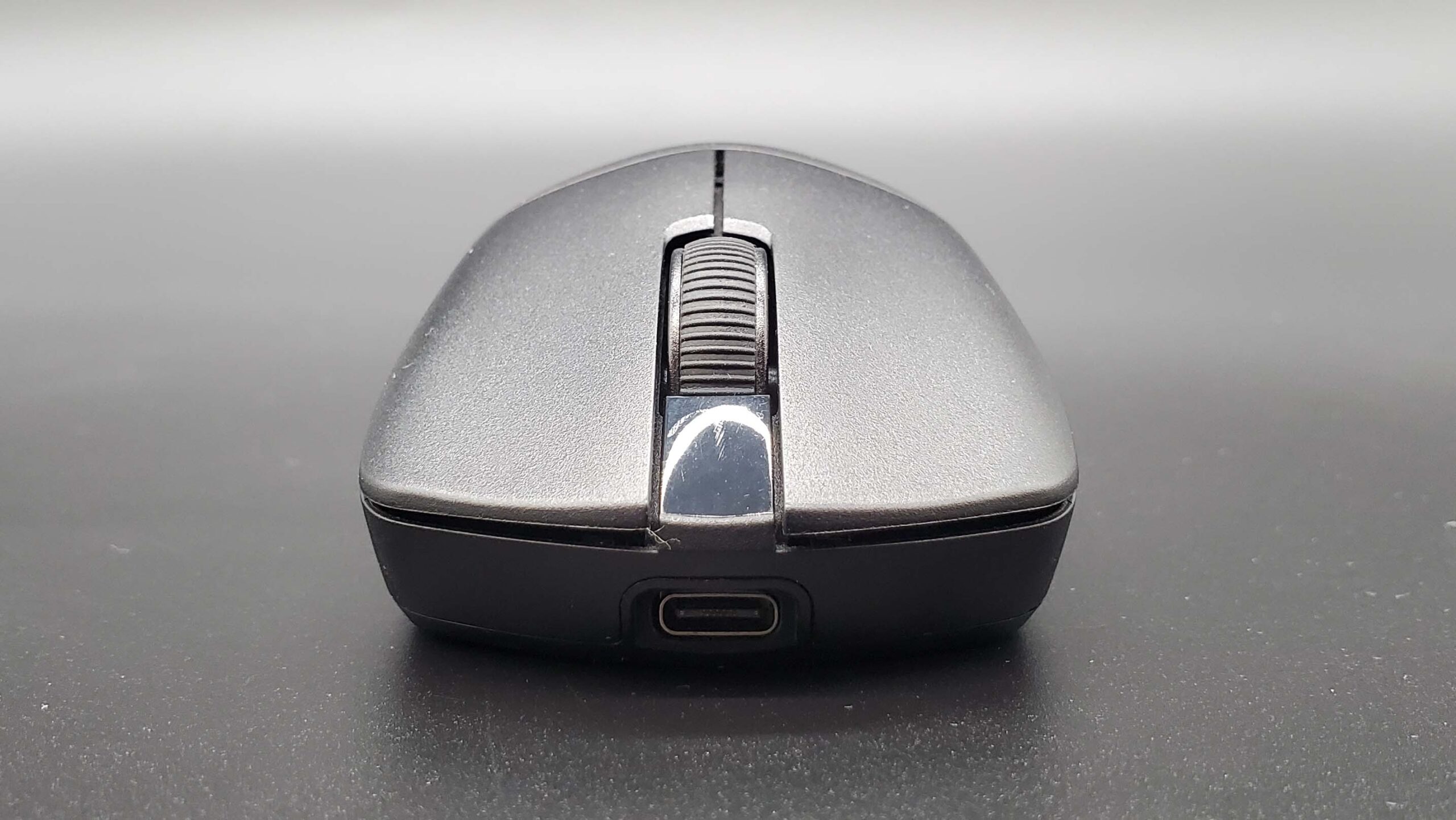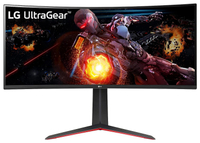## 500Hz: Enter the Realm of Blurless Gaming, But Be Prepared to Pay the Price
Imagine yourself in the heart of the action, every pixel responding with lightning-fast precision, every movement so smooth it feels like you’re inside the game. That’s the promise of Samsung’s latest technological marvel: the world’s first 500Hz OLED gaming monitor.

Analyzing the $1,500 Cost: Is It Justified?

The Samsung Odyssey OLED G8 boasts a refresh rate of 500Hz, a feat unmatched by any other consumer monitor. However, this technological prowess comes at a premium price point of nearly $1,500. This begs the question: is this price tag justified?
While 500Hz offers undeniable advantages in terms of responsiveness and visual fluidity, particularly for competitive gamers, it remains to be seen whether the incremental improvement over 240Hz or even 360Hz justifies such a significant financial investment for the average consumer.
Several factors contribute to the high cost. The high refresh rate necessitates advanced panel technology and manufacturing processes, pushing production costs higher. Additionally, the monitor’s other premium features, such as HDR support, a fast response time, and excellent color accuracy, further contribute to the overall price.
Comparing to Competitors: What Other Monitors Offer at Similar Prices
At the $1,500 price point, consumers have access to a range of high-end gaming monitors with impressive specifications. Many of these monitors offer 4K resolution, high refresh rates (240Hz and above), and advanced features like HDR and G-Sync or FreeSync support.
- LG UltraGear 48GQ900-B: This 48-inch ultrawide monitor boasts a 120Hz refresh rate, 4K resolution, and a curved display. It offers a more immersive gaming experience compared to the Samsung G8, but lacks the latter’s 500Hz refresh rate.
- Alienware AW3423DW: This 34-inch ultrawide monitor features a 175Hz refresh rate, 1440p resolution, and a curved OLED panel. It provides a balance of high refresh rate and ultrawide immersion, though not reaching the Samsung G8’s 500Hz.
- First-Person Shooters (FPS): In games like Counter-Strike: Global Offensive (CS:GO) or Overwatch 2, the extra smoothness and reduced input lag provided by the 500Hz refresh rate can translate to a tangible advantage in aiming and tracking targets.
- Racing Games: Games like Forza Horizon 5 or Gran Turismo 7 will benefit from the increased smoothness and responsiveness, allowing for tighter cornering and more precise control.
- Fighting Games: Games like Street Fighter V or Tekken 7, which require lightning-fast reflexes and precise timing, will see a significant improvement in frame-by-frame clarity and responsiveness, potentially giving players an edge in competitive play.
While these monitors offer compelling features, none match the Samsung G8’s unprecedented 500Hz refresh rate. The choice ultimately depends on individual priorities and budget constraints.
The Affordability Factor: Who is This Monitor Designed For?
Given its price tag, the Samsung Odyssey OLED G8 is clearly targeted towards a specific niche: hardcore competitive gamers who prioritize the absolute lowest input lag and smoothest motion possible.
These gamers are likely already using high-end gaming PCs and peripherals and are willing to invest heavily in equipment that provides a competitive edge. The monitor’s features and performance would be most noticeable in fast-paced genres like first-person shooters (FPS), racing games, and fighting games.
For casual gamers or those on a tighter budget, the 500Hz refresh rate might not offer a significant enough improvement over existing high refresh rate monitors to justify the extra cost.
Beyond the Specs: Practical Applications
Identifying the Best Games for 500Hz Technology
While the 500Hz refresh rate is universally beneficial, certain game genres will benefit more than others. Fast-paced shooters, racing games, and fighting games, where split-second reactions are crucial, will showcase the full potential of the technology.
Assessing Real-World Performance: Does It Live Up to the Hype?
Early reviews of the Samsung Odyssey OLED G8 have been overwhelmingly positive, with testers praising its exceptional responsiveness, incredibly smooth visuals, and vibrant colors. Gamers who have had the opportunity to experience the monitor firsthand report a noticeable improvement in gameplay, particularly in fast-paced genres.
However, it’s important to note that the performance benefits of 500Hz may not be immediately apparent to all gamers. Those accustomed to playing at lower refresh rates might not perceive a significant difference, especially in games that don’t heavily rely on fast-paced action.
Future Implications: Will 500Hz Become the New Standard?
While the Samsung Odyssey OLED G8 is currently the only monitor on the market offering a 500Hz refresh rate, it is highly likely that other manufacturers will follow suit in the near future. As technology advances and manufacturing costs decrease, we can expect to see wider adoption of high refresh rate displays, potentially making 500Hz the new standard for competitive gaming.
The future of gaming monitors is undoubtedly heading towards even higher refresh rates, offering gamers an increasingly immersive and responsive experience.
Conclusion
So, Samsung has thrown down the gauntlet with the world’s first 500Hz OLED gaming monitor, promising a level of buttery-smooth gameplay previously unimaginable. But this technological marvel comes with a hefty price tag, nearly $1,500, putting it firmly out of reach for most gamers. The article dives into the technical details of this groundbreaking display, exploring the advantages of OLED technology and the sheer responsiveness unlocked by the 500Hz refresh rate. It also tackles the elephant in the room: the cost.
While this monitor undoubtedly represents a leap forward in gaming visuals and responsiveness, its price point raises important questions about accessibility and the future of gaming hardware. Will this technology trickle down to more affordable options, making it accessible to a wider audience? Or will it remain a luxury item for the hardcore enthusiasts who can afford to splurge? This monitor is a glimpse into a future where gaming visuals are unbelievably immersive, but it also highlights the potential for a widening gap between the haves and have-nots in the gaming world. The next few years will be crucial in determining whether this technology democratizes the gaming experience or remains a playground for the privileged few.
The question isn’t just about frames per second anymore, it’s about who gets to experience them.